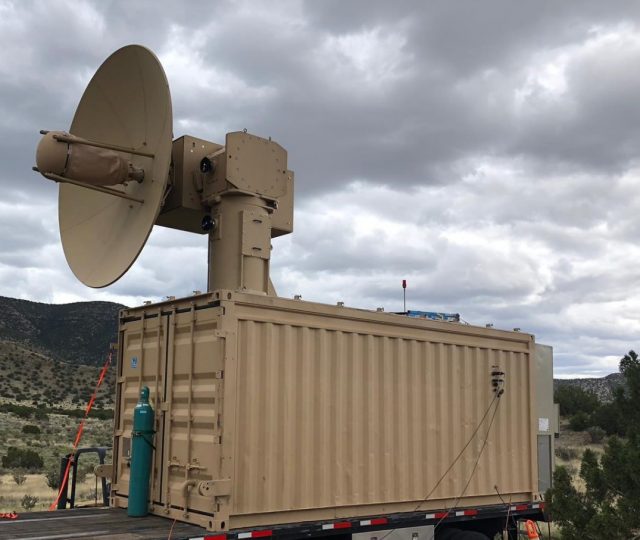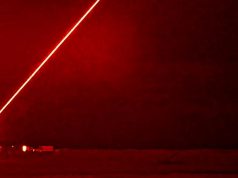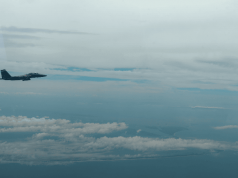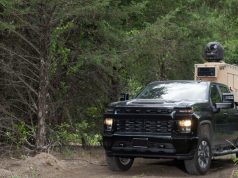The US Air Force Research Laboratory has set up the Air Force’s first high-energy laser weapon system overseas for a 12-month field assessment.
During the 12-month field assessment, the Air Force will be evaluating five systems. Field assessments began in January 2018 when the Vice Chief of Staff of the Air Force, Gen. Stephen Wilson, asked the Air Force to experiment with directed energy systems as an effort to transition game changing capability to the warfighter.
“The receiving combatant command will utilize this system as an operational asset against small unmanned aircraft systems for the duration of the field assessment,” said Dr. Michael Jirjis, the SDPE Base Defense Experimentation director.
The Air Force will be evaluating the Raytheon High Energy Laser (HELWS), Raytheon High Power Microwave (PHASER), and the AFRL Tactical High Power Operational Responder (THOR) drone killer.
Raytheon received the contract for the overseas deployment in August 2019. HELWS is paired with a multi-spectral targeting system and mounted on a Polaris MRZR all-terrain vehicle.

“THOR is a directed energy game-changer,” said Dr. Kelly Hammett, AFRL’s Directed Energy director. “Drones are becoming more and more pervasive and can be used as weapons intended to cause harm to our military bases at long standoff ranges. We built the THOR weapon system as a deterrent against these type threats.
“THOR with its counter electronic technology can take down swarms of drones in rapid fire. This capability will be an amazing asset to our warfighters and the nation’s defense.”
Leading up to the current field assessment, the Air Force SDPE Office led operational experimentation events of laser and high power microwave testing events in the fall of 2018 at White Sands Missile Range in New Mexico and in the fall of 2019 at the Maneuver Fires Integrated Experiment (MFIX) event held at Ft. Sill, Oklahoma.
“The overseas field assessments are allowing us to understand directed energy as a capability against drones. This gives us a better picture of the military utility, reliability and sustainability, training requirements and implementation with existing base defense,” Jirjis said.
According to Jirjis, the next 12 months will allow the Air Force Research Laboratory to shape how the Air Force wants to move forward with both high energy lasers and high power microwaves against small drones.
“The intent of these systems are to be operationally used by the combatant commanders for the duration of the 12 months,” he said.



























